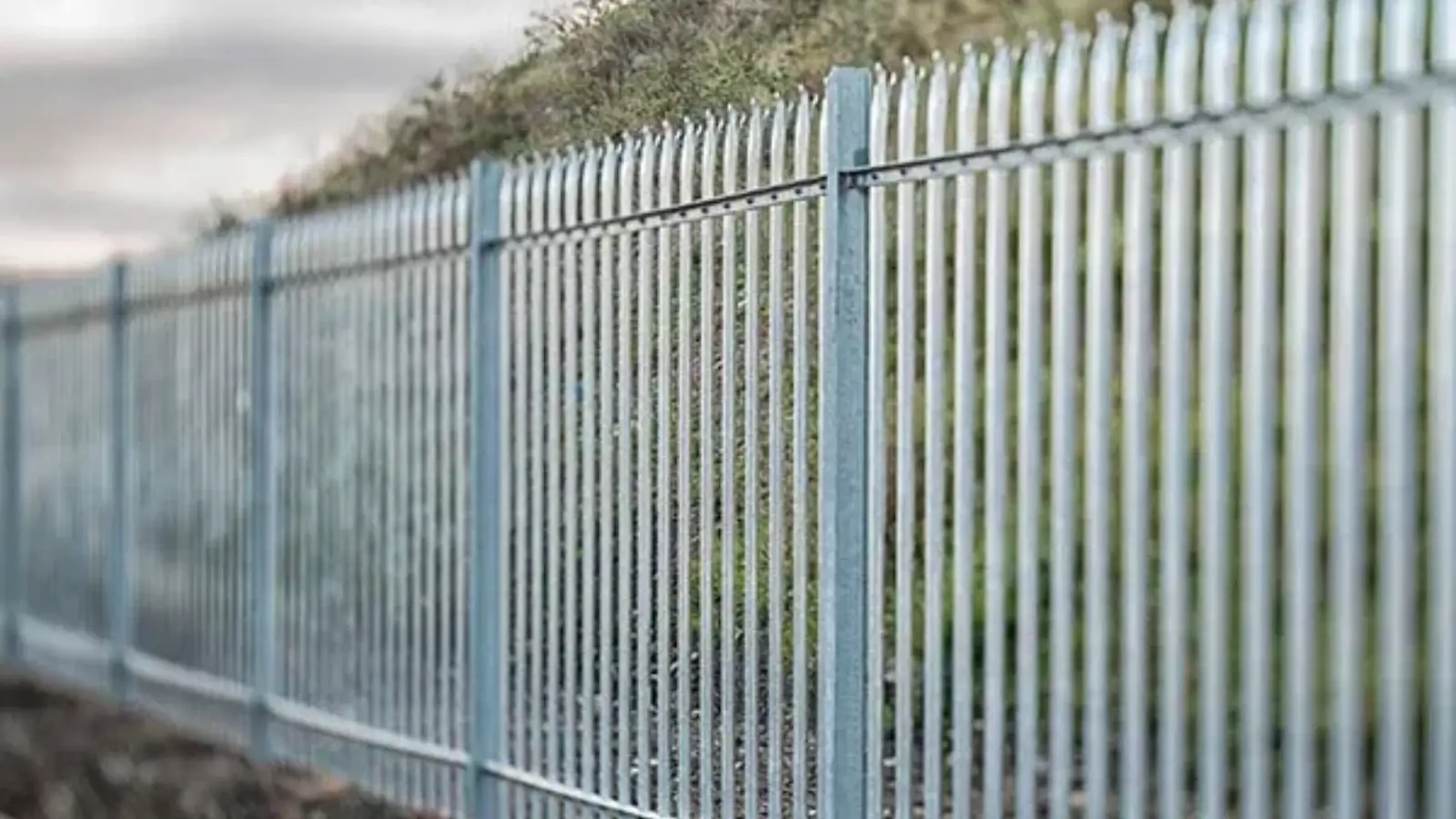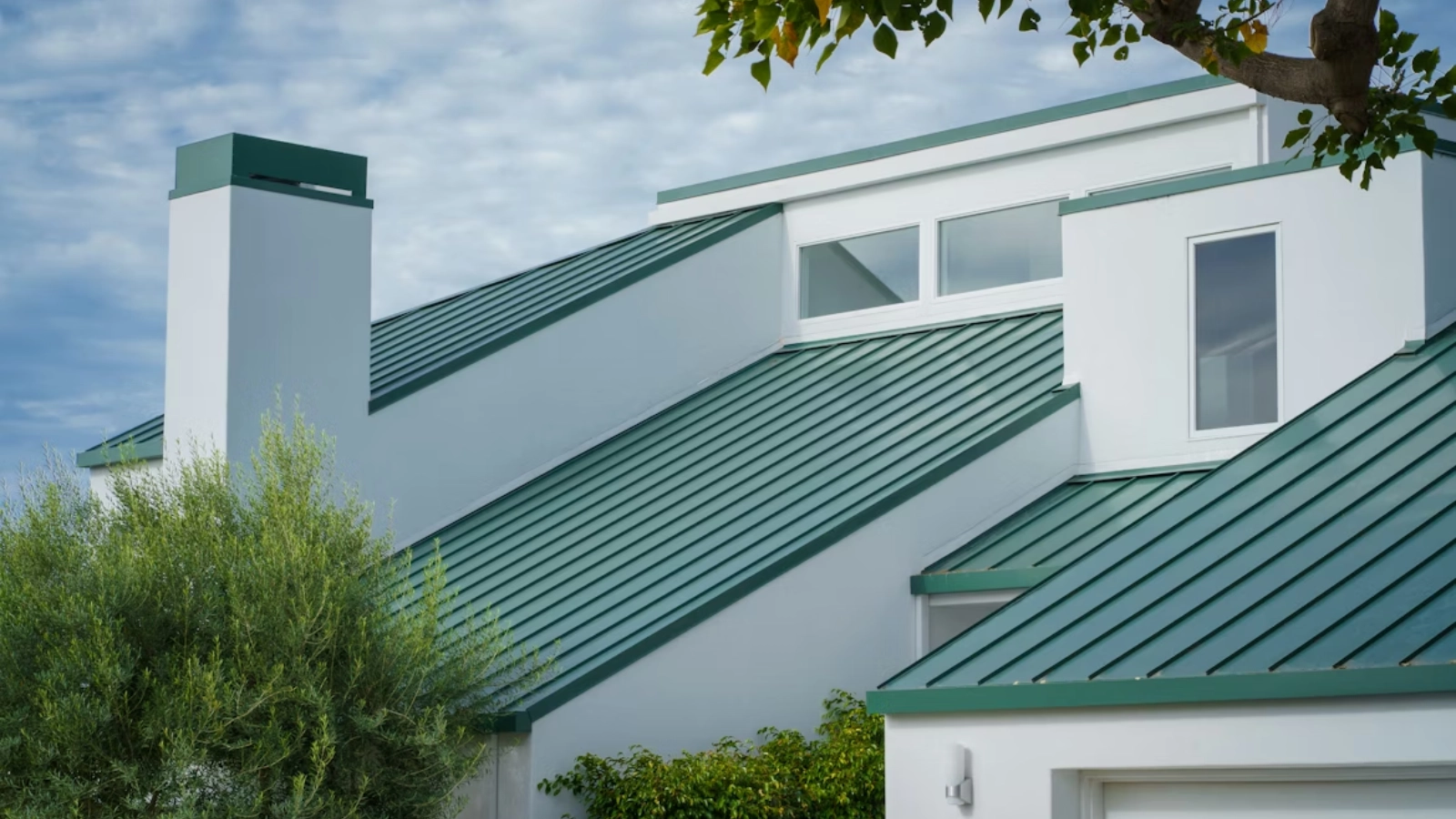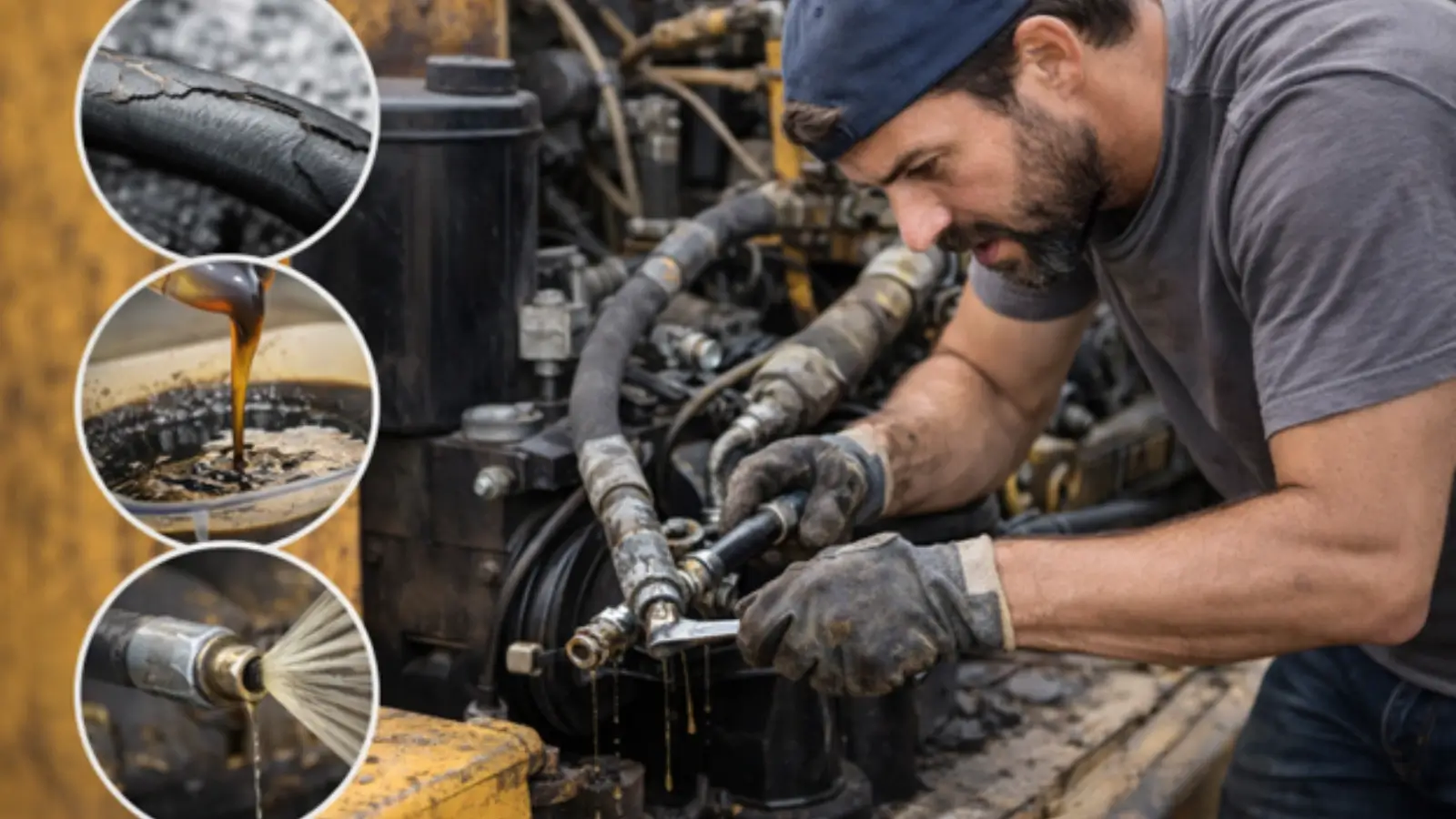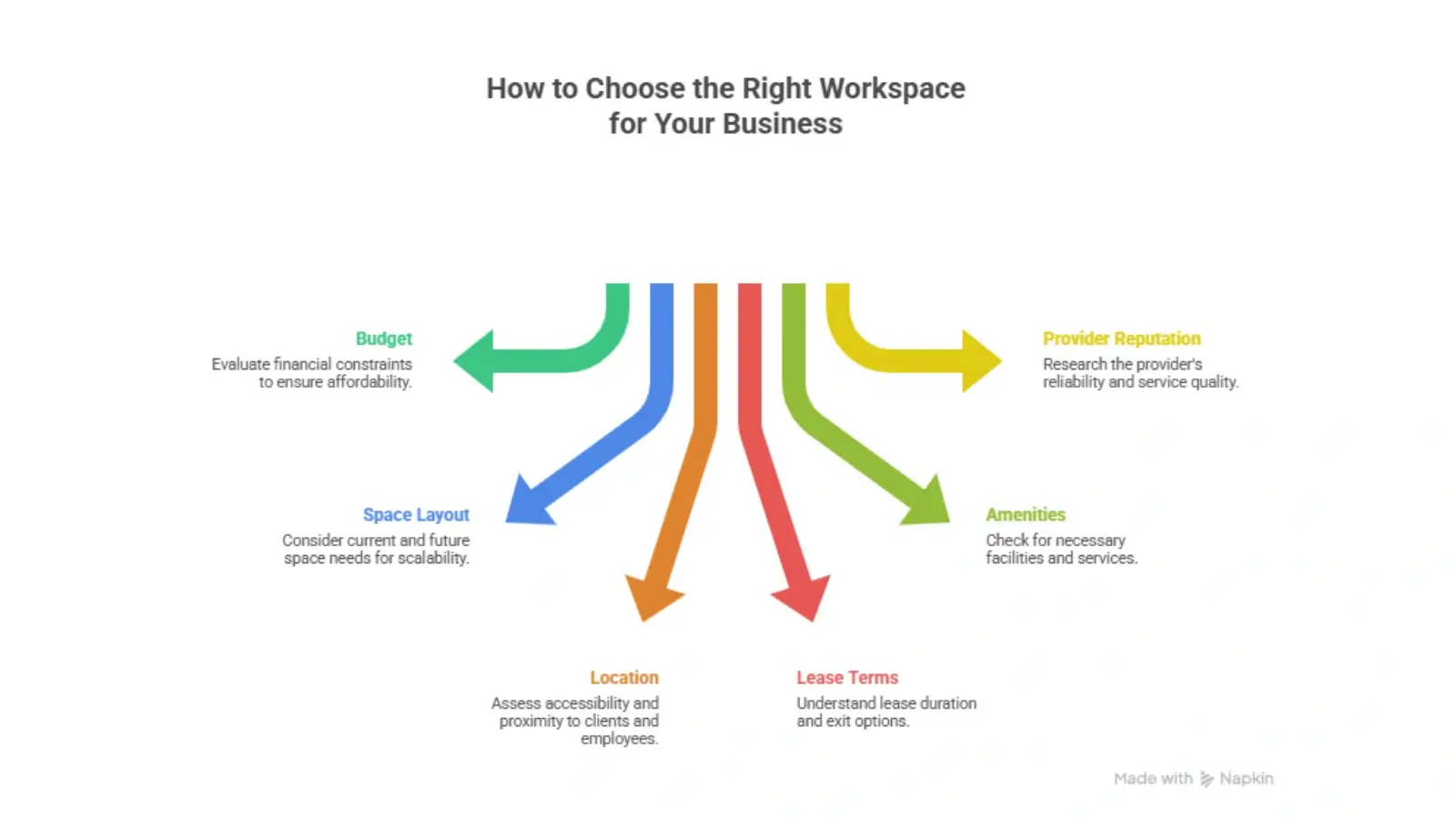The first thing people look at is the price tag. Palisade fencing isn’t the cheapest quote you’ll see, and a lot of buyers stop right there. They go for chain link, timber, or some lightweight mesh because on paper it looks like they’re saving money. Fast forward a few years and they’re already regretting it. Panels gone wobbly, posts leaning, wire cut or sagging, another call-out for repairs. Suddenly the “cheap” fence has cost more than doing it properly the first time.
That’s the thing with security fencing. You either pay up front for strength, or you pay later when somebody tests your weak spots. Palisade takes the sting out of that gamble.
Why Palisade Lasts (When Others Don’t)
Timber? Looks fine when it’s new but give it a winter or two and it starts rotting at the posts. Chain link? Easy pickings with bolt cutters. Even welded mesh panels, which get marketed as “strong,” will bend if someone leans a ladder or rams them with a bit of force.
Palisade doesn’t cave that easily. The steel pales are thick, solid, and usually galvanised, so rust isn’t chewing away at them every time it rains. The design itself which includes vertical pales with pointed tops isn’t something you casually climb. You install it once and you’re basically done, aside from the odd coat of paint if you want it to look smart.
That’s why people call it an investment. It’s not about this year’s budget, it’s about avoiding the endless cycle of repairs and replacements.
The Hidden Costs Nobody Likes Talking About
Security failures don’t just cost you the price of a new fence. They hit harder:
-
Theft - Machinery, stock, fuel, copper cabling, you name it. Once it’s gone, it’s gone.
-
Damage - Intruders rarely just take what they came for. They cut, smash, and leave a mess.
-
Downtime - Staff waiting around while you deal with insurers, police reports, repairs.
-
Insurance premiums - One claim and your rates are going up.
You avoid a lot of this with a fence that intruders don’t even want to mess with. Palisade sends that message straight away; “this place is too much effort.” Criminals will nearly always pick the easier target next door.
Not Just a Barrier, But a Warning
There’s the practical strength - the steel itself, the design, the height. But the real power of palisade fencing is psychological. It looks unfriendly, and that’s the point. Those pointed tops aren’t decorative. They’re designed to stop climbing. You don’t need to hang up “keep out” signs because the fence already says it for you.
That visual deterrent is often worth more than the steel itself. If someone decides not to bother because of how the fence looks, you’ve already won.
Who Actually Benefits Most?
This isn’t a “fits everywhere” solution. But for the right sites, it’s a no-brainer:
-
Construction yards with plant and machinery left overnight.
-
Warehouses that hold stock that’s easy to move and easy to resell.
-
Schools and colleges where durability and long lifespan mean lower long-term spend.
-
Utility sites like water treatment, power substations and telecoms - where breaches aren’t just expensive, they’re dangerous.
In all those cases, the risk of downtime, theft, or damage is worth far more than the upfront difference in fencing cost.
The Numbers People Forget
Let’s say you buy a cheaper fence today at half the price of palisade. Great, you’ve saved a chunk of change. But then five years later it needs replacing. Maybe earlier if it’s been damaged. Do that two or three times over a 15 to 20 year timespan and you’ve spent more than you would have on palisade in the first place.
Meanwhile, the palisade is still standing, still doing its job, maybe just looking a little weathered if you haven’t painted it. That’s what “cost-effective” really means. It’s not about the lowest invoice on day one - it’s about the total you’ve spent when you look back in 20 years.
Conclusion
Steel palisade fencing doesn’t win awards for being cheap or pretty. It wins because it does what it’s supposed to do, year after year, without fuss. It’s tough, it scares off the wrong people, and it doesn’t need replacing every few years. That’s why businesses that take security seriously stick with it.
Buy once, fit it right, and it keeps paying you back. Cheaper options will always exist, but sooner or later they’ll cost you more. With palisade, you spend the money once and stop worrying about it. And that’s why it’s not just a fence - it’s an investment.
Reputable manufacturers like Lochrin Bain can help you when it comes to choosing a cost-effective perimeter security solution that’s tailored to your own needs.

















